Subscribing to The Garden Mixer on your favorite podcast player helps us get the word out to other gardeners and the garden-curious. This will be the last episode you can directly listen to the audio file here at Substack.
Even though we ask that you subscribe at your favorite podcast player, we’ll continue to host extended show notes, links, and the occasional laugh here on Substack so you can have them easily delivered to your inbox — so thanks for subscribing here too.
And, to give everyone even more options and info, The Garden Mixer Video Edition is now on Youtube, where you can see Leslie yawn, Marianne roll her eyes, and where relevant photos pop up to illustrate their better points.
THANK YOU — as ever — for your support. The buttons below will take you to your favorite platform to subscribe.
Now Back to The Show
How much can you learn about pruning when your loppers are older than most Influencers? It turns out, quite a lot, when you’re taught by the right people. This week, Leslie grills Marianne on her recent trip to the UK and the Great Dixter Symposium.
The garden at Great Dixter has four symposia a year, and they all take place over an intensive week of practical techniques taught by Fergus Garrett. This one was focused entirely on the terrifying, but immensely satisfying, skill of pruning.
First things first. This week the girls start out with cocktails dredged up from another era, and they’re not ashamed.
Marianne’s Sloe Gin Fizz is made from homemade sloe gin given to her by a friend in the UK; and Leslie’s quaffing a very mainstream Old Fashioned with an eyebrow-raising amount of maraschino cherry juice thrown in for good measure.
Want some cocktail recipes and a bit of background? No time machine required.
Sloe Gin Fizz
Sloes are the fruit of the ubiquitous UK hedgerow plant, the blackthorn. They are exceptionally astringent, but flavor liquor (especially gin) well, and are used in a lot of winter drinks, as the fruit is usually gathered in the fall and takes a few months to steep in liquor with added sugar.
Americans upped the cocktail potential in the early 20th century with the creation of a Sloe Gin Fizz.
1 ounce Sloe Gin
3/4 ounce fresh lemon juice
1/2 ounce simple syrup
Add to a cocktail shaker with ice and shake until the shaker is frosted. Pour half into a martini glass and top with club soda. Garnish with a lemon wedge if you’re serious, and a cherry if you’re sweet. Or both if you can’t decide. Just don’t do that thing with the maraschino cherry juice that Leslie does….
Leslie’s Old Fashioned (yeah we knew that)
What’s Old Fashioned about an Old Fashioned, besides the gardener who’s drinking it? Maybe Don Draper can tell you. An Old Fashioned is a bourbon or whiskey based drink on the sweeter side that’s just as easy, ingredient-wise as the Sloe Gin Fizz. But you’ll need a lowball glass for this one.
1 1/2 ounces bourbon
5 shakes of bitters
1 tsp water
Muddled 2-3 marachino cherries and sometimes pulpy bits of orange or clementine.
Dash of the cherry ‘juice’
Muddle the cherries in a lowball glass and add ice. Pour over bourbon, bitters, simple syrup and water. Stir to combine. Add a slice of orange to garnish; or slide an orange twist around the rim of the glass if you’re fancy. Then decide whether or not you really need to empty the rest of the cherry juice in your glass.
Marianne officially becomes a Galanthubore
6:24 | Before the pruning symposium in Sussex, Marianne teamed up with fellow Garden Media Guild members Alan and Felicity Down in the southwest of England and visited several exceptional gardens with fine winter collections.
Little Ash Garden - the private garden of Helen Brown
Forde Abbey - of Wolf Hall filming fame
Tintinhull - made famous by a previous occupant, designer Penelope Hobhouse
East Lambrook Manor - well known for its vast collection of snowdrops begun by writer Margery Fish & its treasure hunt nursery.
Elworthy Cottage Plants - a nursery and snowdrop display that started out with two normal people buying a house and farm for their goats. The snowdrop bug bit and it bit hard.
In February, snowdrops are at their peak, but they are only one part of the story in a winter garden. Here’s some other ideas to up the layers in your winter garden — but always check hardiness. And look around your region for what is blooming and when.
Eranthis hyemalis (winter aconite)
Camellia spp
Hamamelis spp (Cornelian cherry)
Erica & Calluna spp. (heathers)
Skimmia japonica & Cornus sericea
11:00 | Leslie offers tips on dividing snowdrops, which are easiest (for the gardener) divided “in the green” when you can see them, but best (for the bulb) divided in the summer, when you can’t. Regardless of when you choose to divide, make sure the bulbs do not dry out.
Now’s The Time to Prune!
12:50 | Leslie and Marianne met at a Great Dixter Symposium in the spring of 2022, which everyone knows because they won’t stop talking about it. However, if you’re new to the podcast or to the garden of Great Dixter - Marianne explains what it is, and why you might want to visit the garden someday (sign up for HortCultural tour info here!), or go to a symposia yourself.
You can find more info about Great Dixter and the numerous ways online or in person you can learn from Fergus Garrett and the team here. But the pruning lecture that the girls reference repeatedly can be rented on Vimeo.
15:14 | The food at Great Dixter (either at symposia or in the garden’s Loggia Cafe) is officially off the charts. If you are on Instagram, we hope you follow Claire Rooney’s brand new Instagram account @thelayeredcook for her layered cooking techniques— completely in line with the layered garden approach that happens at Great Dixter.
17:56 | Turns out, “The Why” makes pruning (and gardening) so much easier and more intuitive, and that’s what Fergus Garrett is good at explaining. “The How” is obviously important, but knowing “The Why” makes you more flexible when you encounter odd situations.
Winter is the best time to prune most shrubs and trees as you can see structure easily, and encourage new regenerative growth as soon as the growing season begins.
20:00 | But first, Leslie discusses some basic pruning techniques and starts with the lowest hanging fruit — looking for DDD when you approach a plant, and then going from there.
DDD — it’s not a new pesticide. It stands for Diseased, Damaged, & Dead.
25:17 | She discusses crotch-pruning with a disturbing analogy that may or may not stop people from pruning all together, and somehow links knife fights to the process of pruning. We can only guess at her pre-horticultural life.
Is the idea that you will kill your shrub stopping you? Leslie glosses over plant death and preaches courage, while Marianne is a little more realistic about your odds; but also preaches courage and taking out insurance. (43:29).
After all, in the words of Christopher Lloyd, “a dead plant is an opportunity” Which brings us back to Dixter and the symposium….
26:14 | Marianne butts in with Fergus’ main idea when it comes to pruning - which is determining what is flowered and what is non-flowered wood in a shrub, and removing the flowered (or at least most of it). This basic concept can cover 80% of your pruning jobs and help you to approach shrubs you may not even know the name of, allowing the true grace of a shrub to shine through.
This concept is very well covered with illustrations in Fergus Garrett’s online lecture on the subject, available to rent here.
For Marianne, many of the pruning jobs she undertook, but didn’t understand in years gone by, took on new meaning, such as:
33: 36 | Not treating her Rugosa roses (such as ‘Hansa’ and ‘Alba’ as hybrid tea roses and her rambling roses (such as ‘Gardenia’ and ‘Paul’s Himalayan Musk’) as climbers, which have very different pruning regimes.
43:55 | Air layering as insurance when you’re considering a serious whacking of your unruly shrub.
47:16 | That fruit trees and wisteria need to be shocked with pruning to help them form flowering buds. Marianne grows both the native Wisteria frutescens and the non-native (and in some states, invasive), W. sinensis.
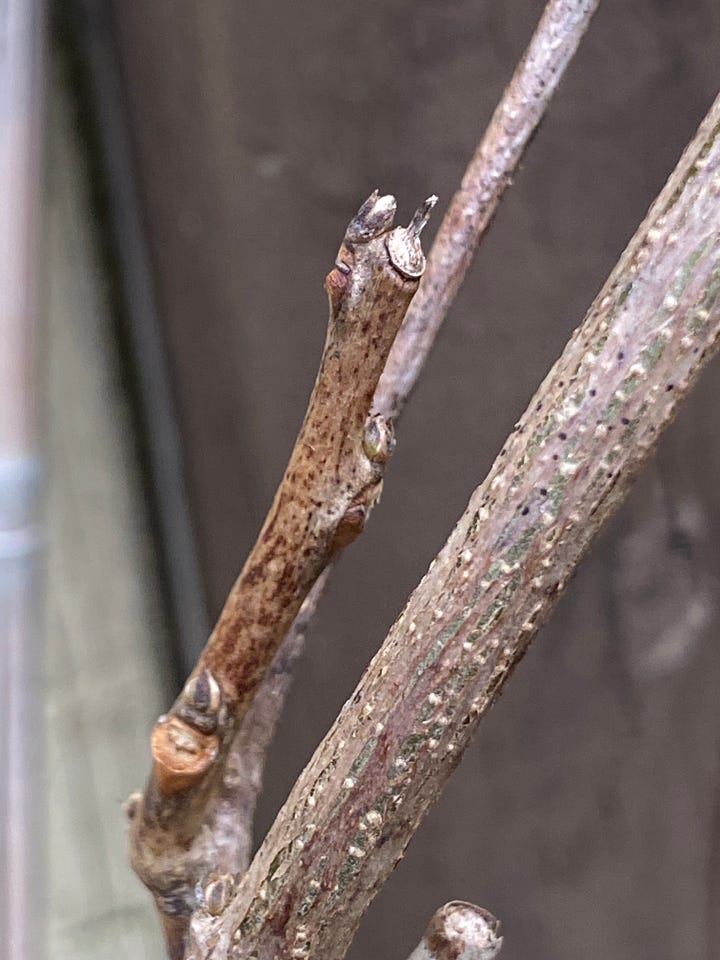
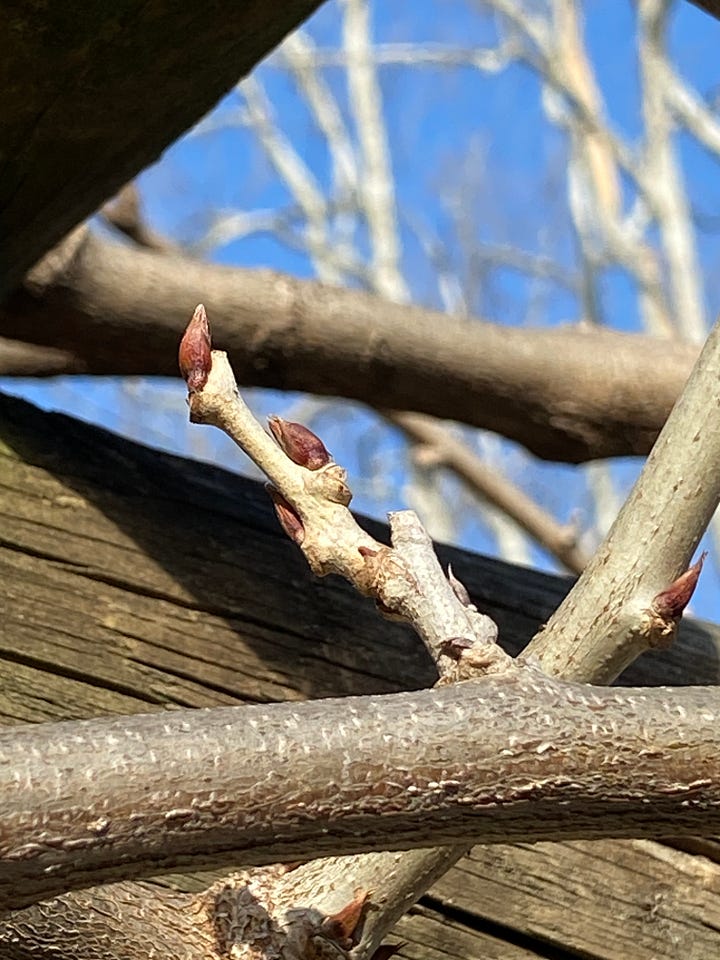
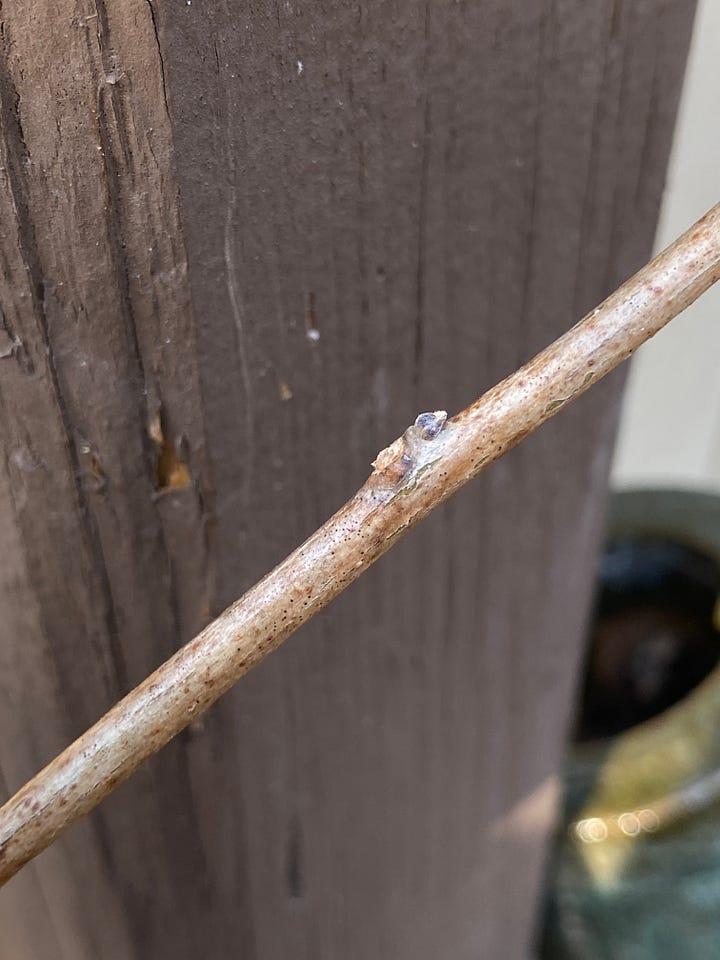
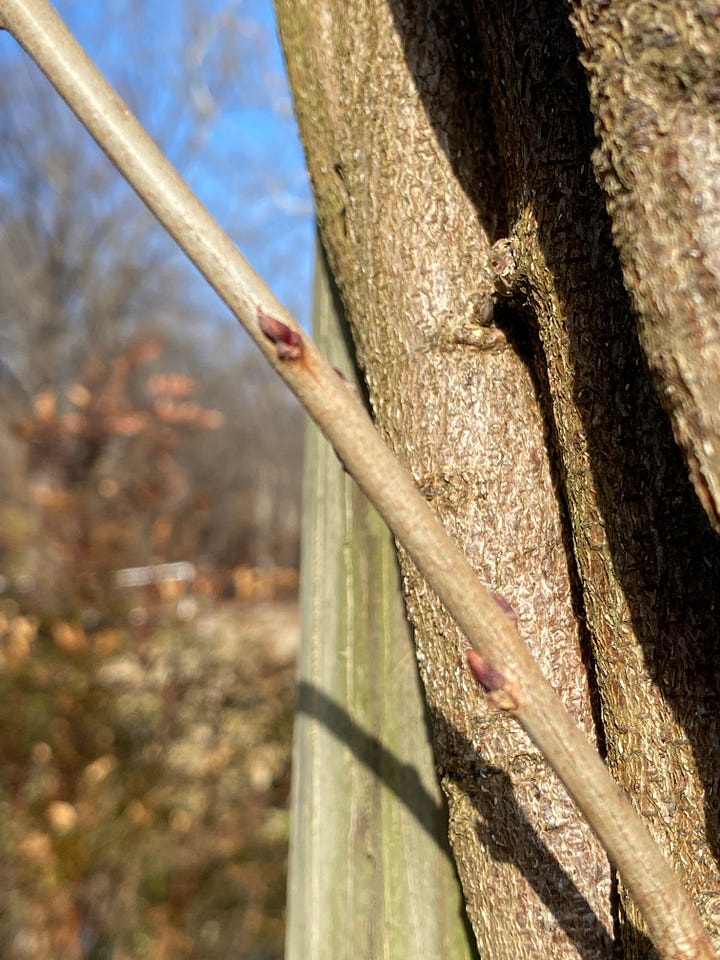
Damn I Wish I’d Planted That
57:42 | Leslie and Marianne wish for a lot of things. Airwave dominance; sponsors of products and plants we love; and personal assistants. Leslie no doubt wants a masseuse too.
But in this episode Marianne is using this segment to highlight a plant that looks amazing RIGHT NOW in someone else’s garden and that you WISH you’d planted last year.
Seasonally observing plants in nearby gardens and stealing their ideas (not their plants) is one of the best ways of keeping your garden looking great all year.
This episode, Marianne’s chosen Iris reticulata, the little bulb that bursts with incomparable color at about 6 inches high, when all around is gray and brown. After blooming, it pushes thin straight foliage high to 12-18” and then goes dormant for the season.
It’s one of the earliest bulbs to bloom, and often does so with Galanthus nivalis. Taxonomists are starting to confuse the intermediate gardener on this one with several different species that used to be considered I. reticulata, but don’t let their species shuffling put you off.
Iris reticulata is very hardy, however, it likes to be dry in summer. A slight slope is perfect. Sandy soil is a plus. If it’s not dry, it will most likely split apart into little bulblets that won’t flower, and you’ll be one of the many that says “I can’t grow it for more than two years.”
Persevere. Marianne has had many taxa for over six years. Give them the right sunny spot - perhaps away from the chaos of the border, and you’ll have it for many years.
Damn I’m Good
1:02:08 | Of course Leslie has to be superior, so she’s going to take this segment a different way and tell you about a plant that she’s got in her garden that she would not be without at this time of year. That’s sort of what Marianne was doing, but whatever - let’s let her have her moment.
For Leslie it’s Edgeworthia chrysantha - the paperbush (though it really should just be called, the spectacular bush).
Marginally hardy in Zone 6b, the cultivar ‘Snow Cream’ is perhaps the most well grown. At this time of year, the velvety white umbel blossoms that formed last summer are beginning to open into a gorgeous super fragrant yellow — so plant this one where you can appreciate it. Leslie refers to the bark coloration as ‘Ralph Lauren Brown’ — which the sophisticated team at Ralph Lauren would reject outright and replace with ‘Toasted Mocha’
A caveat however, E. chrysantha is not a small shrub and can get to be 10 feet, though it responds well to pruning. Part shade is gratefully received in areas with very hot summers, and it will in turn give a great deal of summer shade to shade lovers at its feet — as the large, sumptuous leaves block a great deal of light to the soil below. Daphne family - so treat it well and with respect.
1:06:16 | Marianne’s got some thoughts on pruning Edgeworthia, but you’ll just have to listen to hear them.
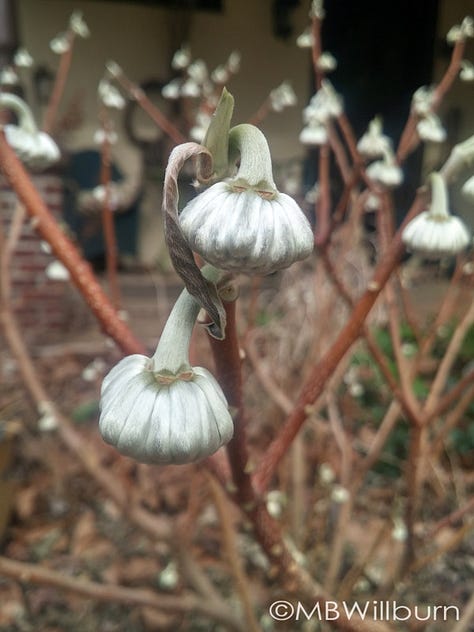
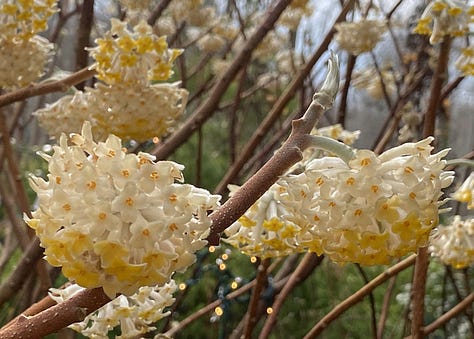

Leslie Talks Socials
The Garden Mixer is everywhere lately. Besides listening (or watching) it on your favorite podcast player, you can find us on Instagram @thegardenmixer, on X @gardenmixerpod, and, even though Marianne can’t believe it, on TikTok @the.garden.mixer
But, as always, you can subscribe here to receive these show notes, links and laughs in your inbox. We’d love to hear from you, so if you have a comment, question, or snarky observation, please email us at comments@thegardenmixer.com
See you next time, when we interview Brie Arthur, @brietheplantlady (IG) - foodscaper, author, lecturer, and kick-ass propagator. We look forward to having you join us!





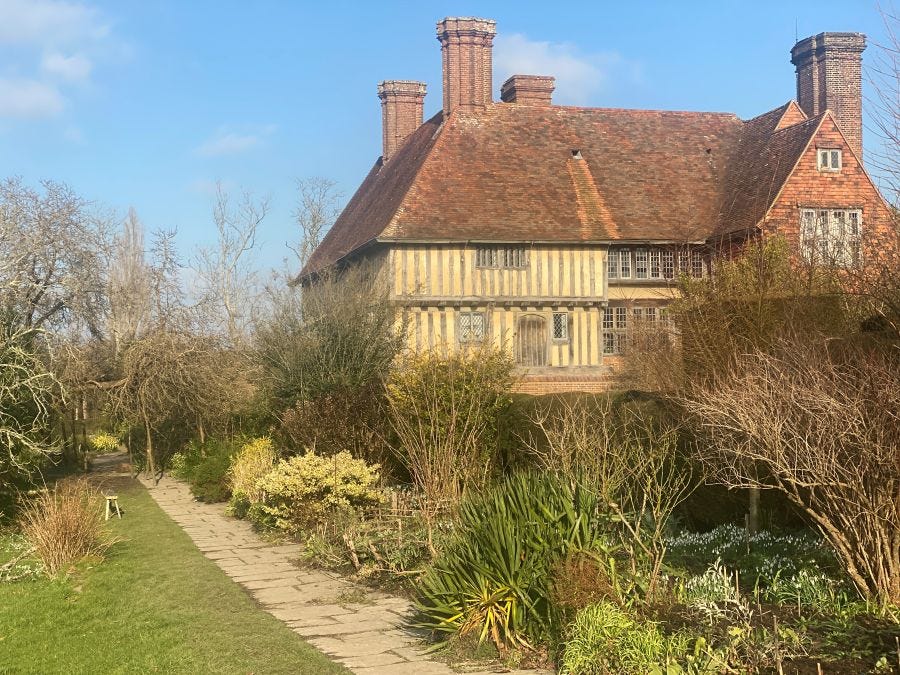

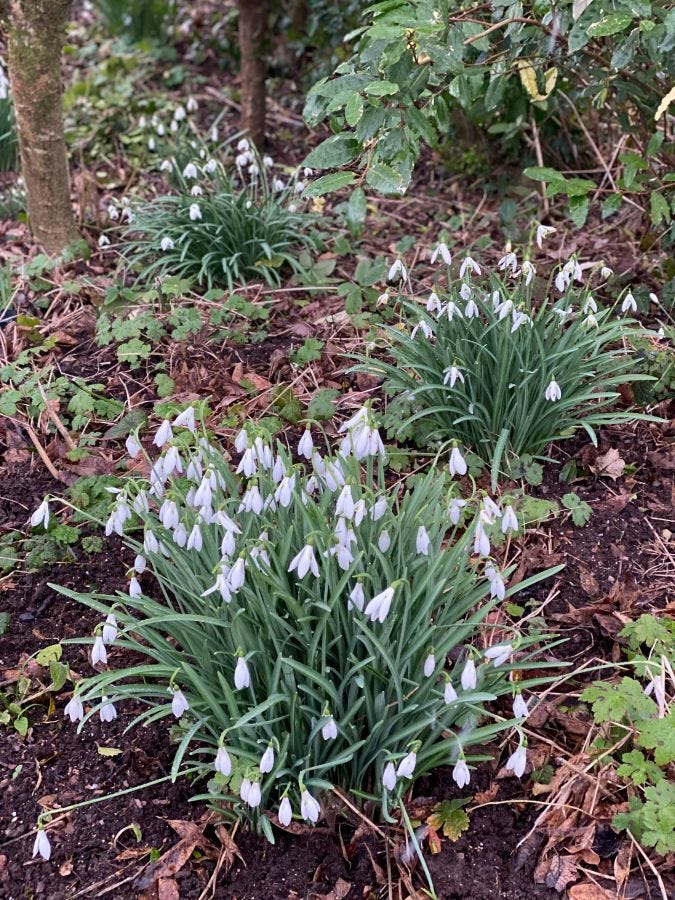

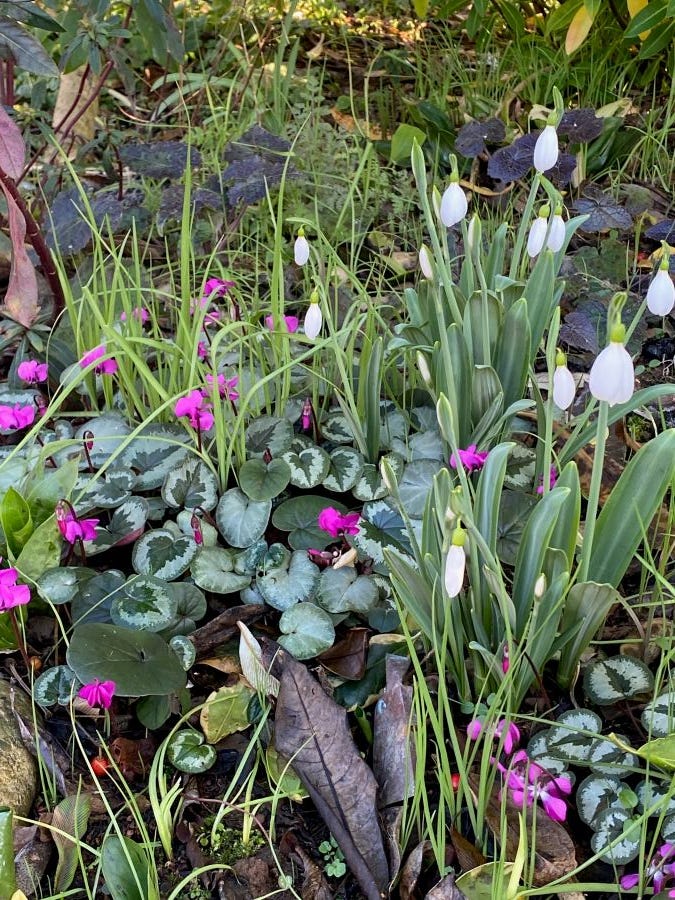
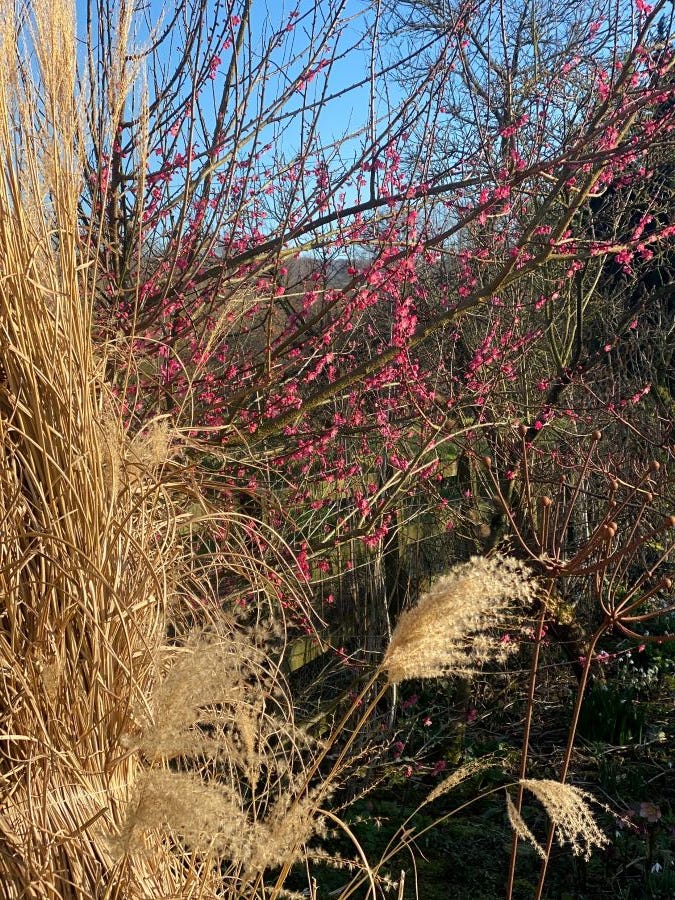
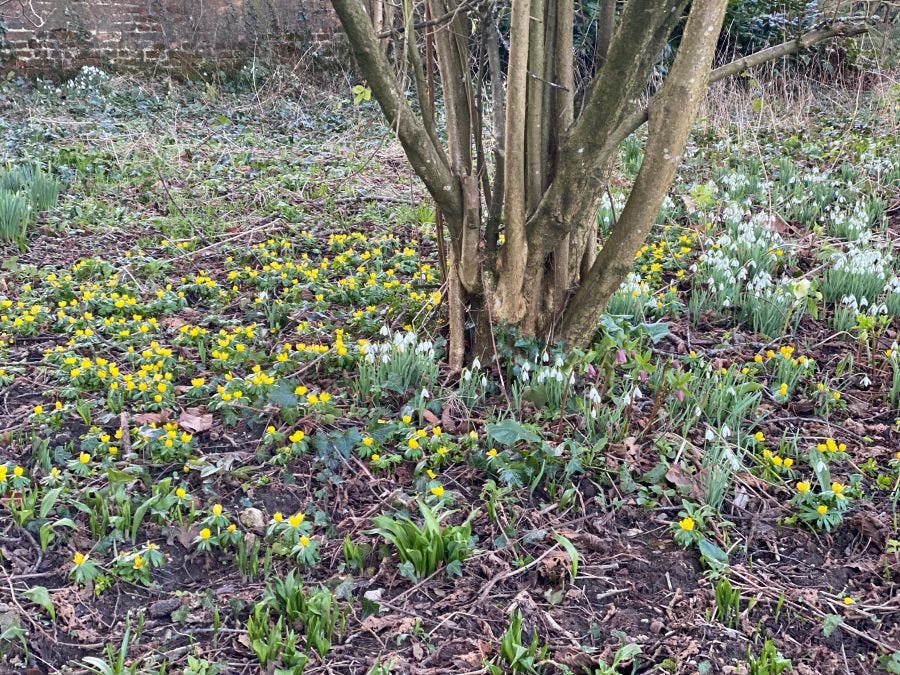
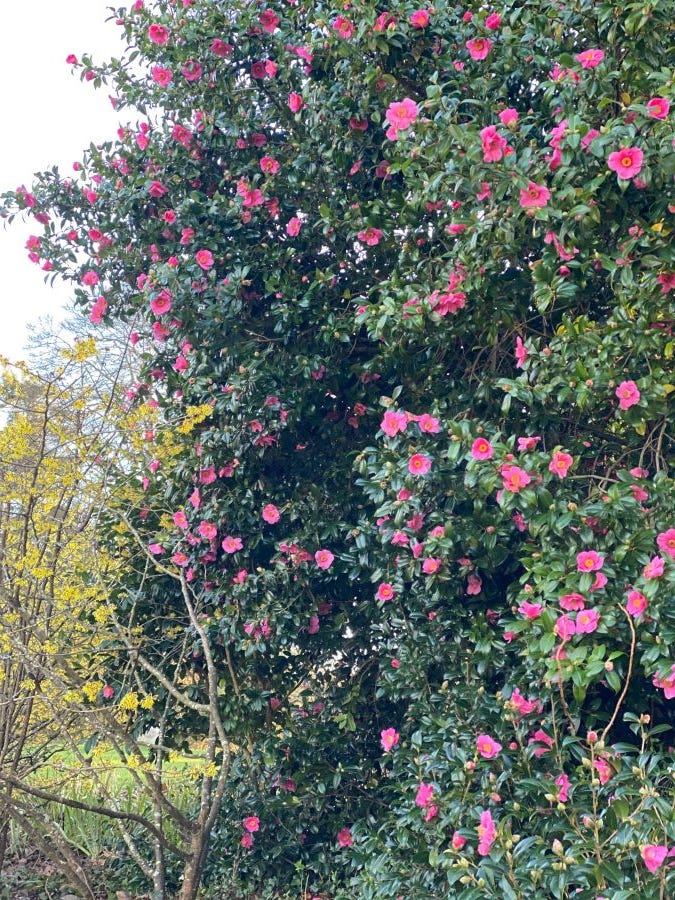
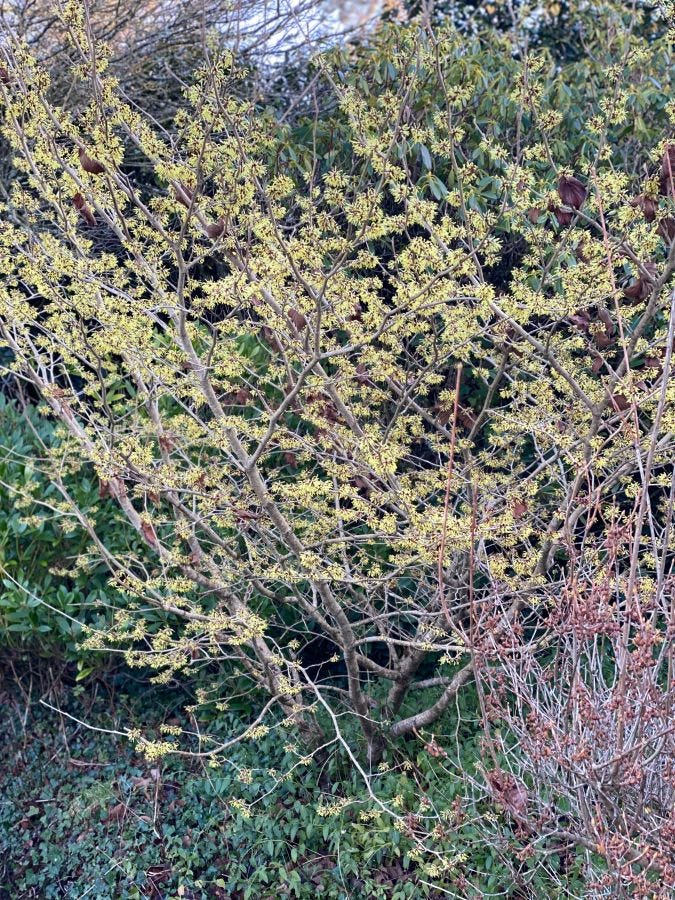
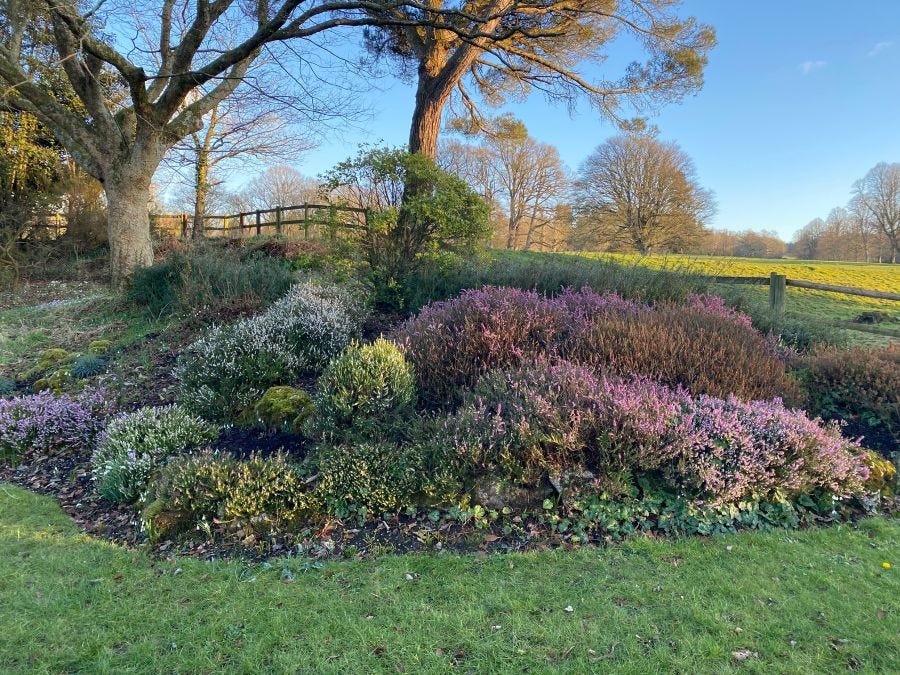
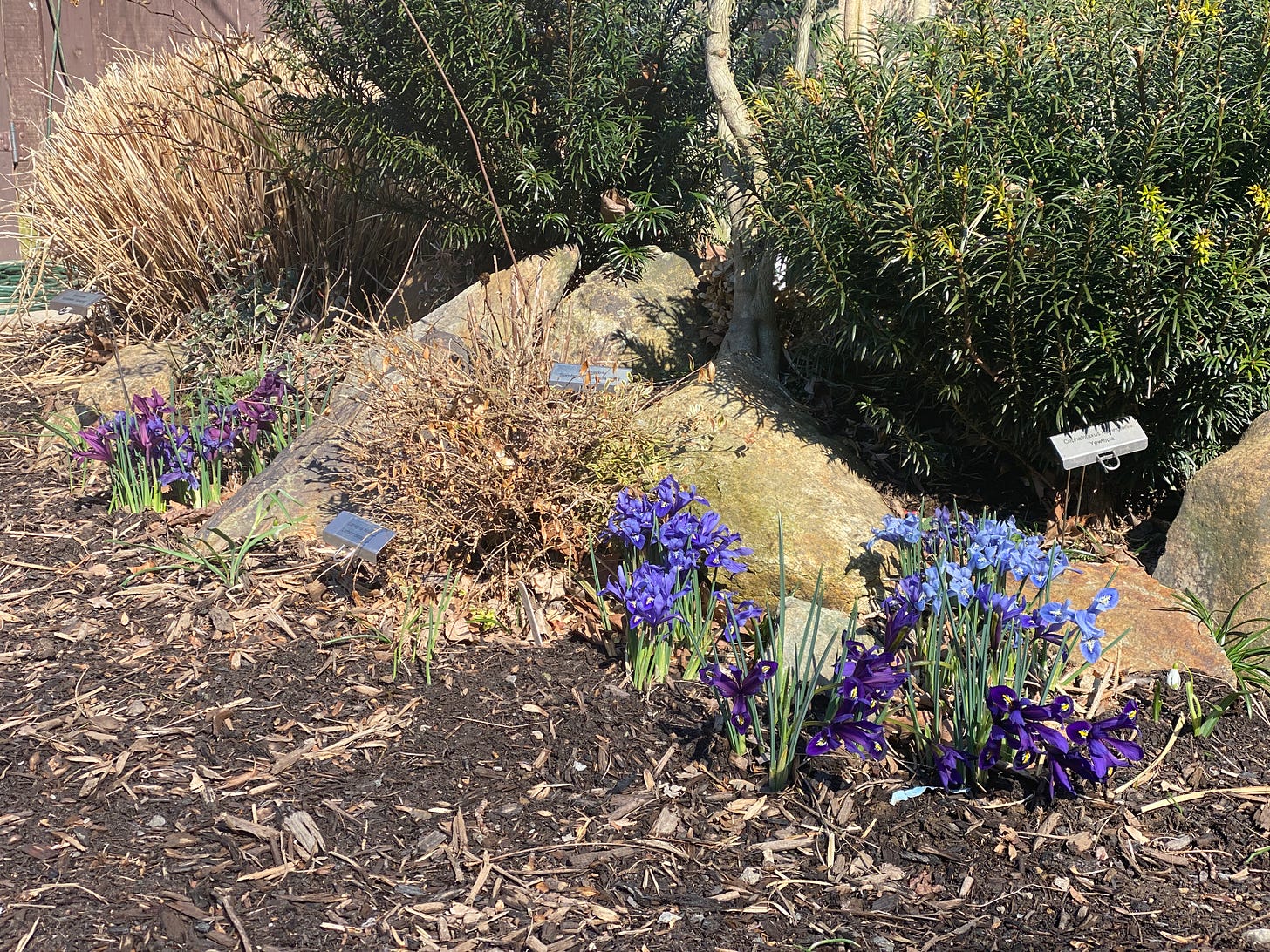
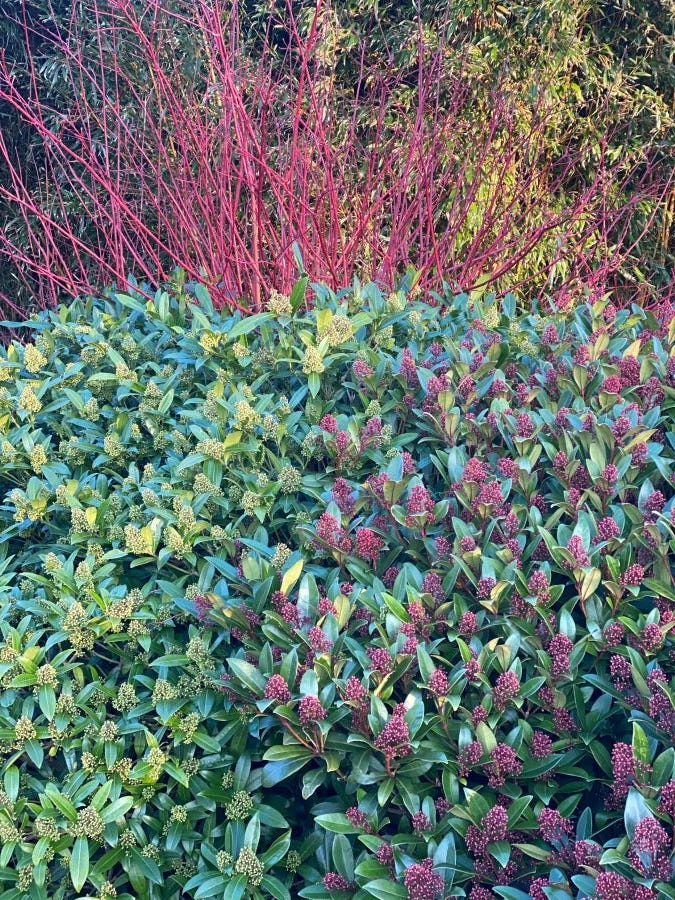
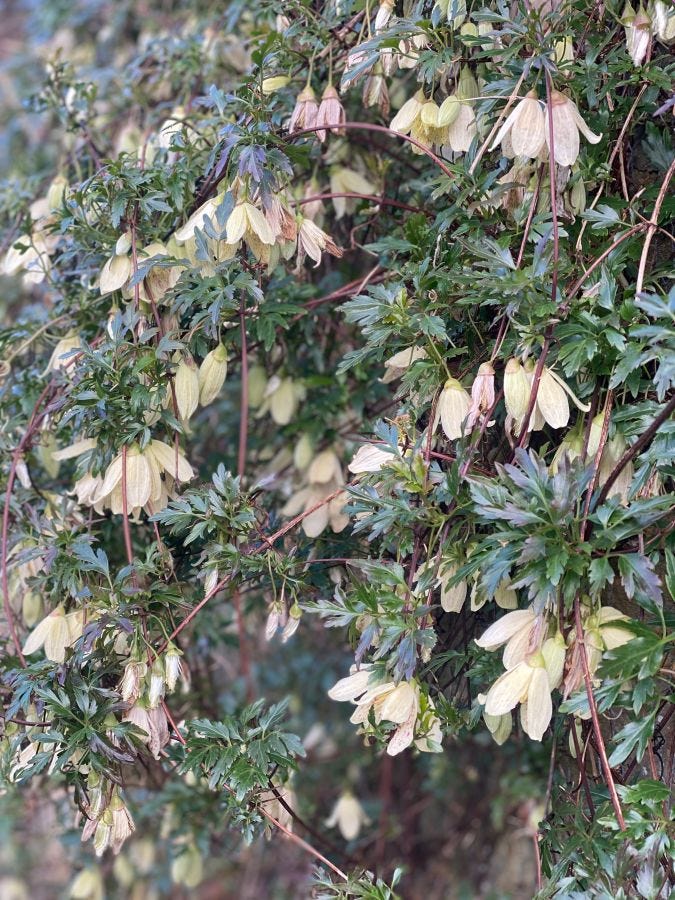

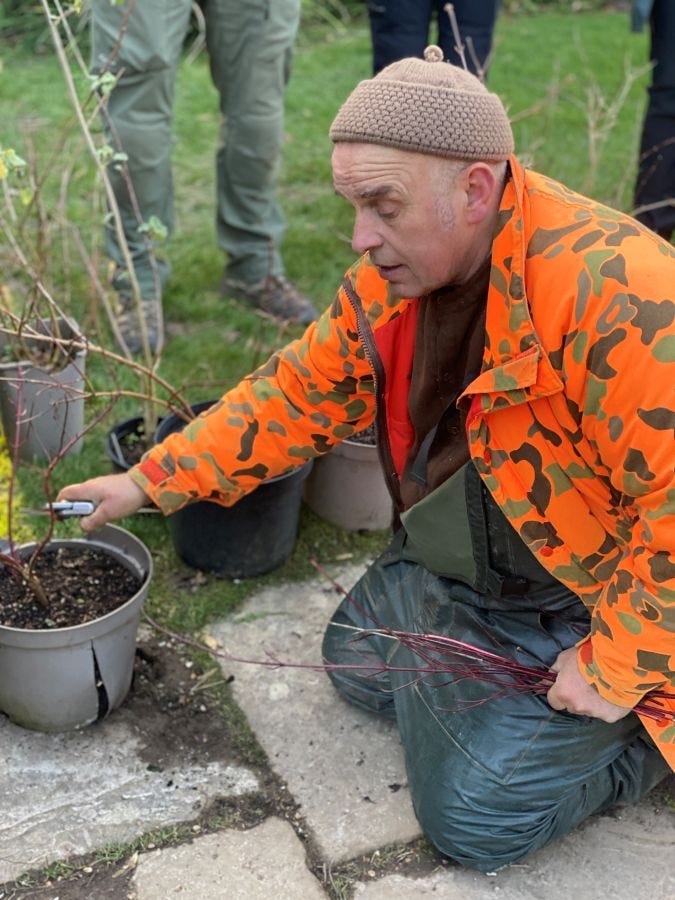
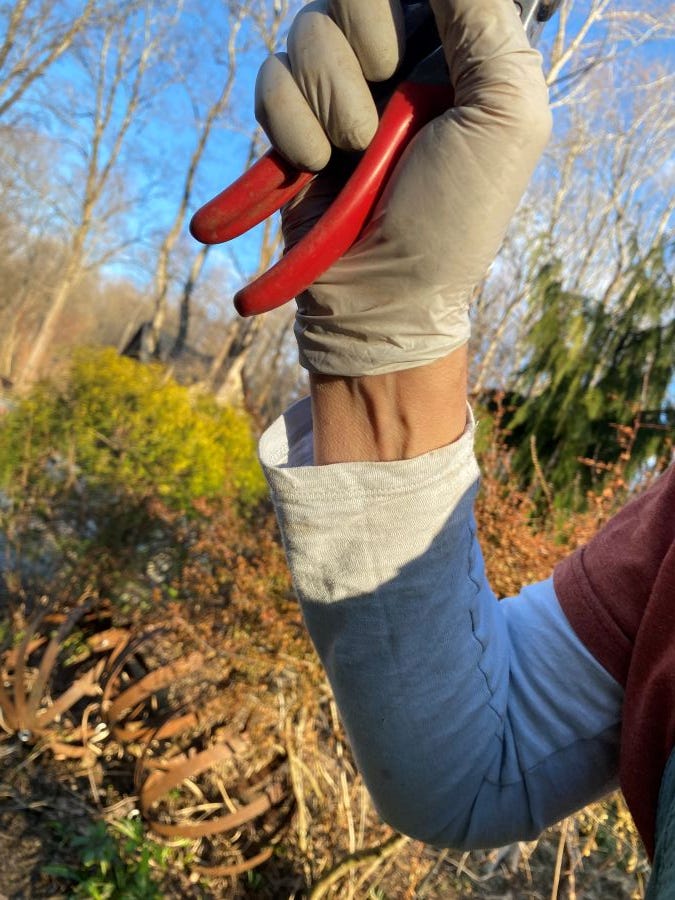
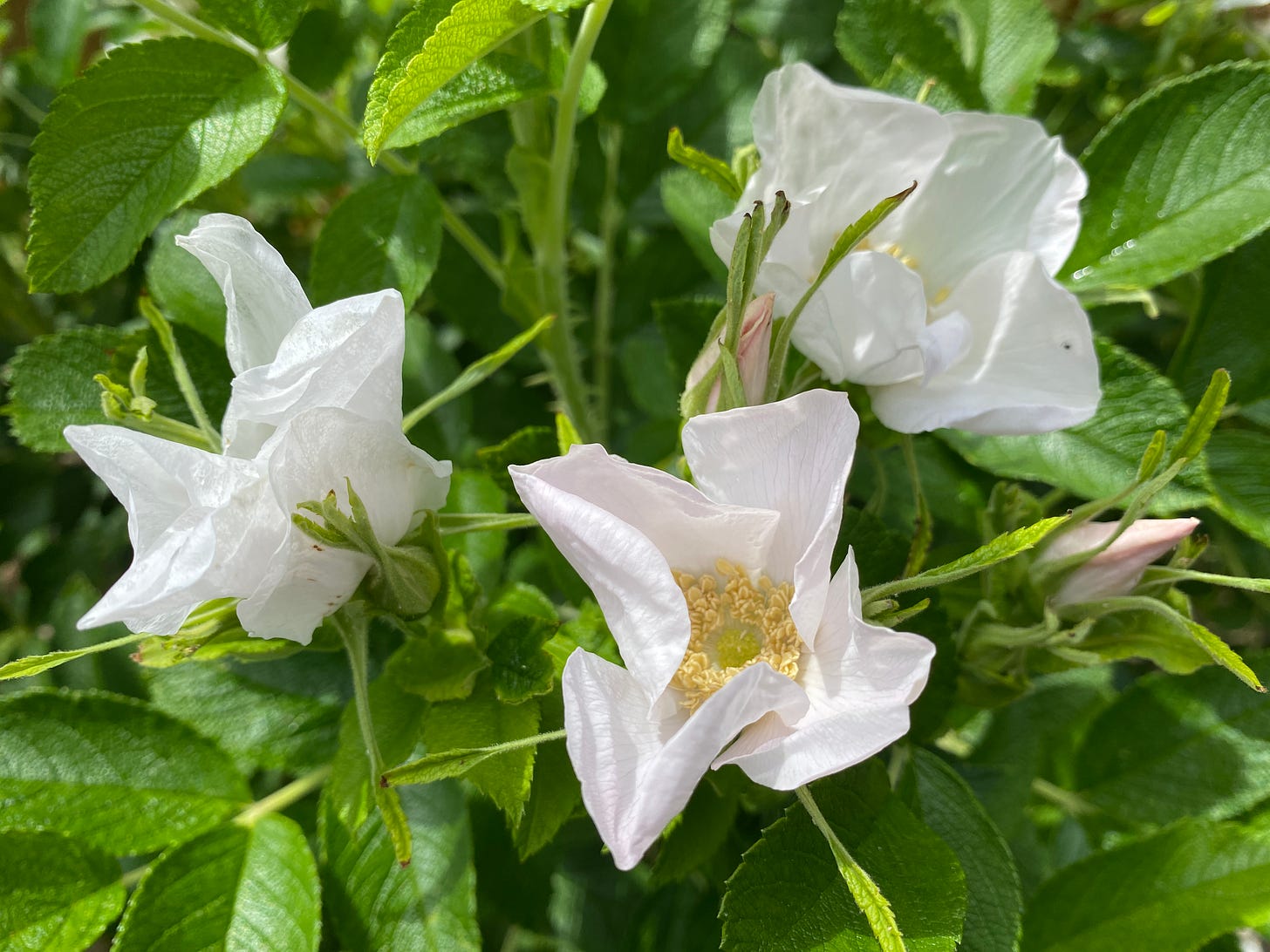
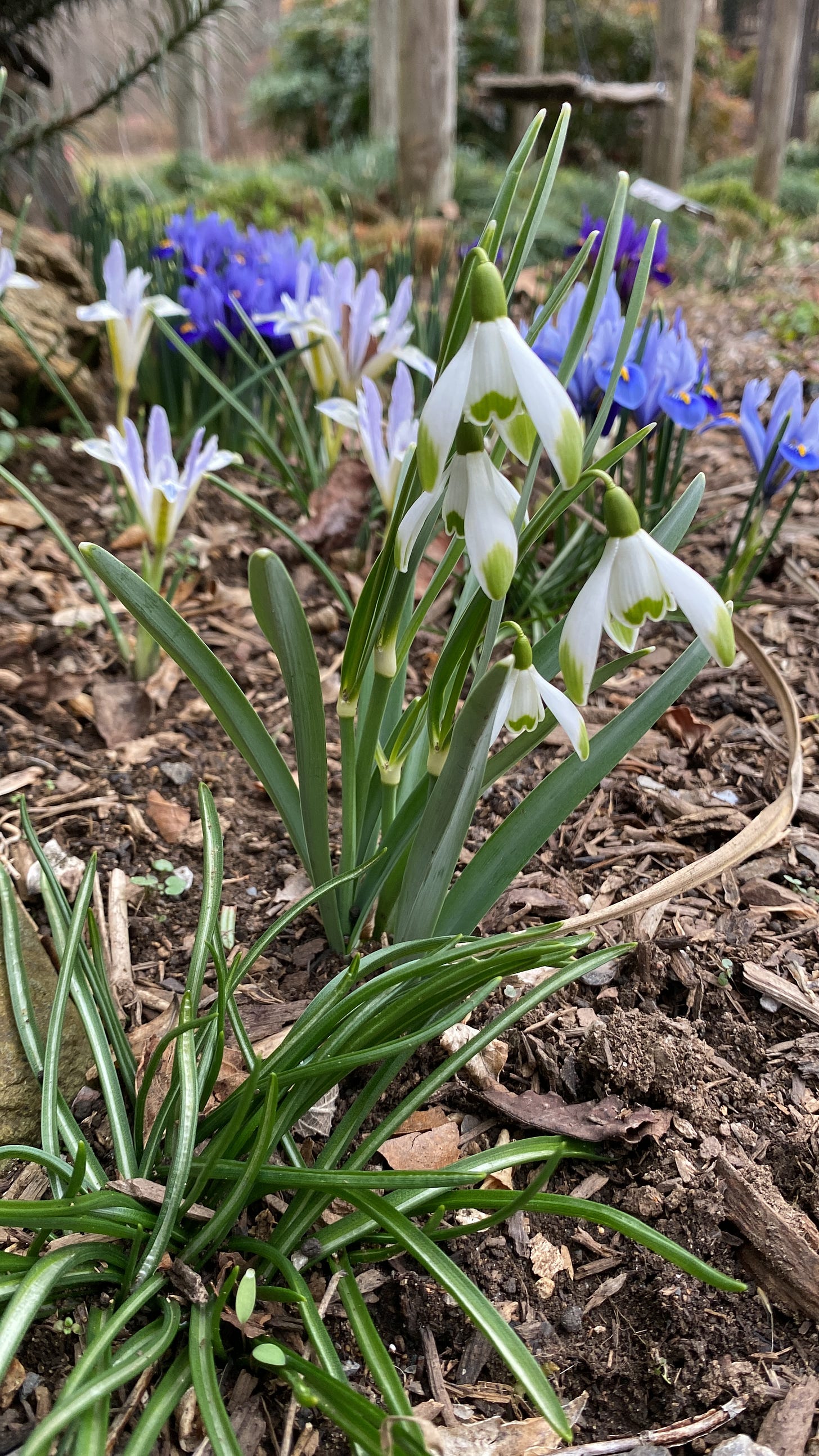
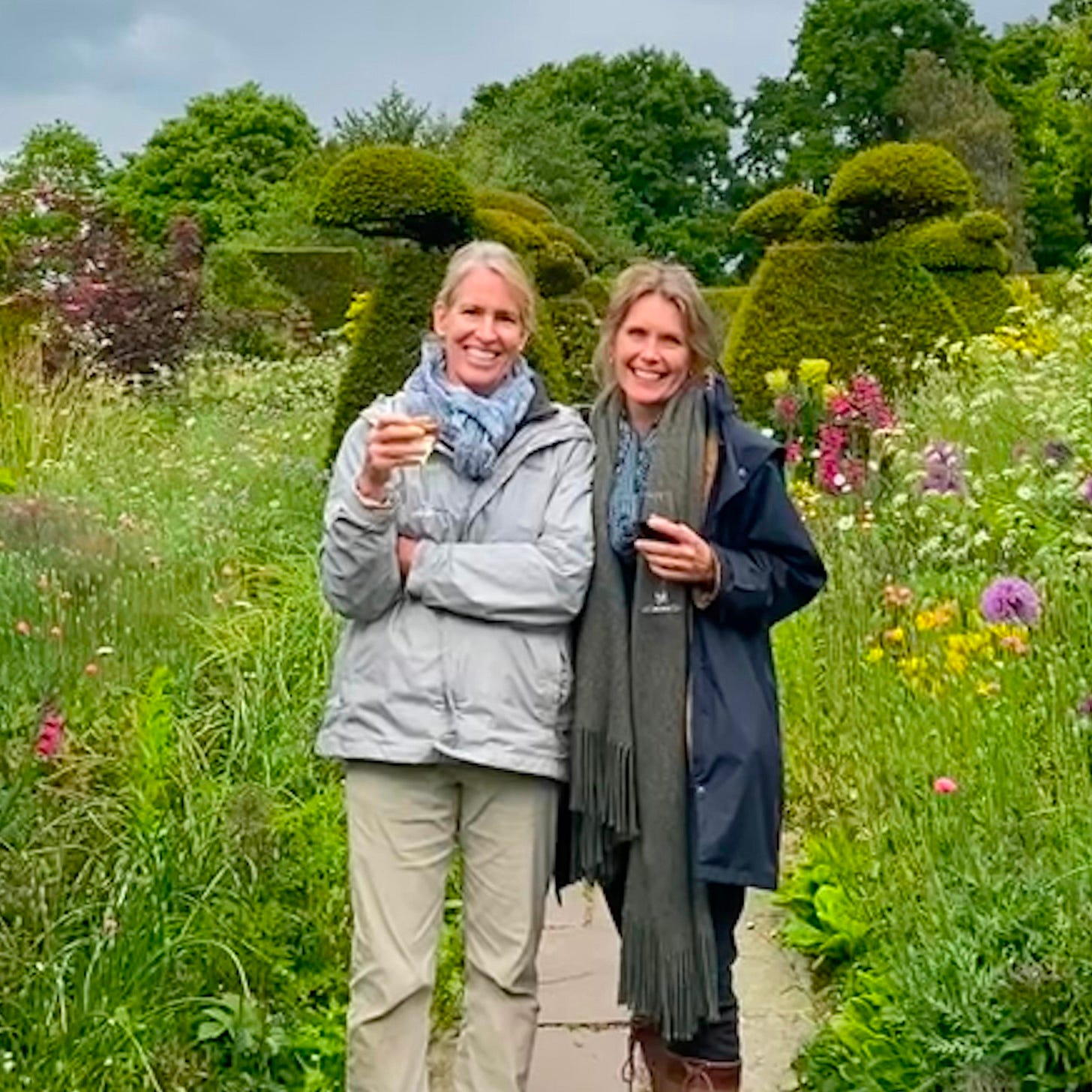





Share this post